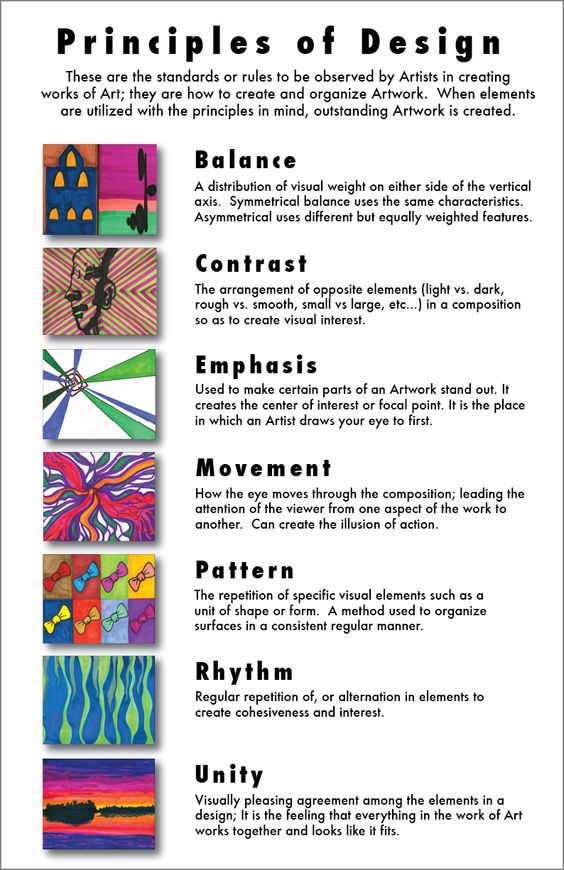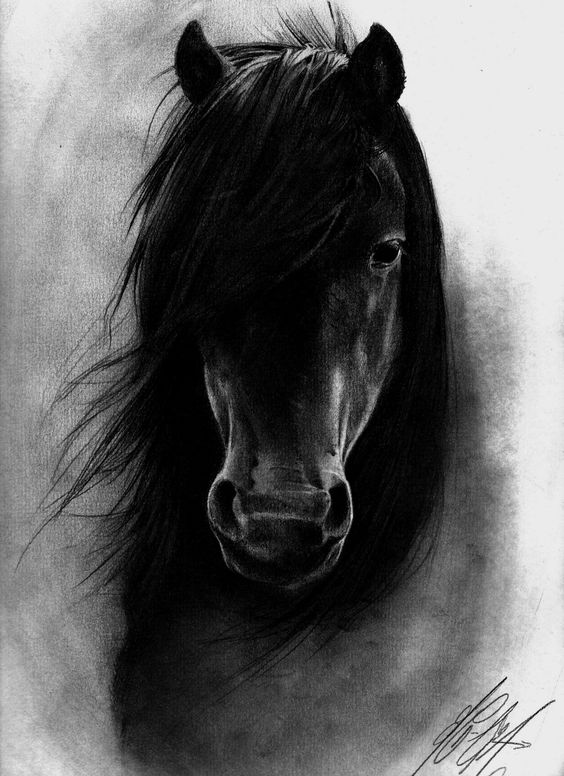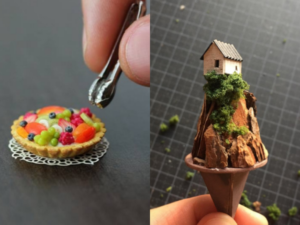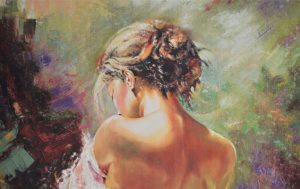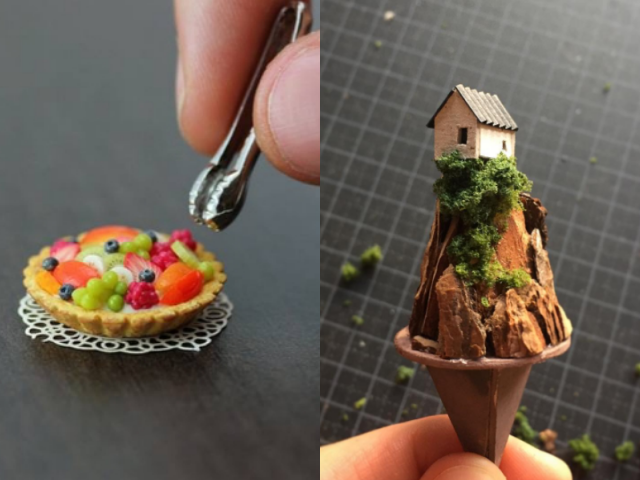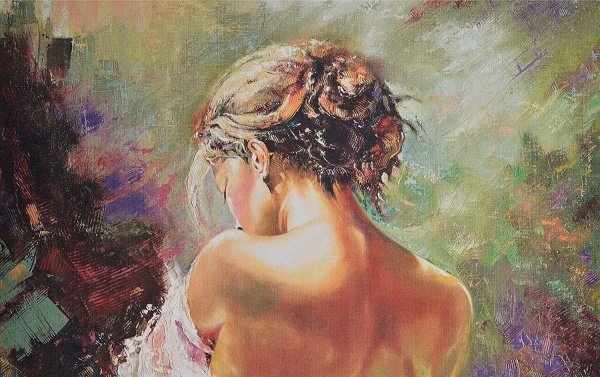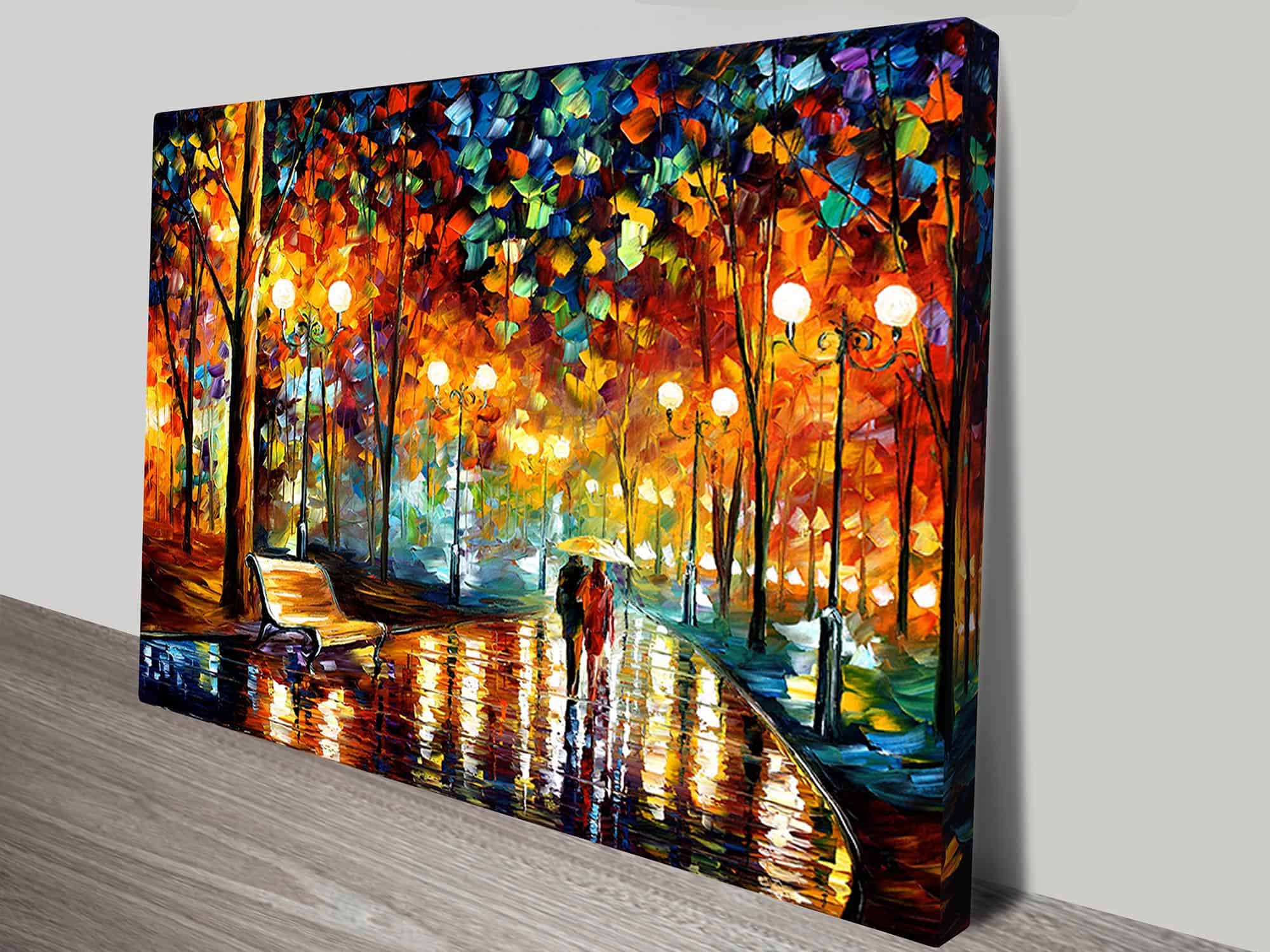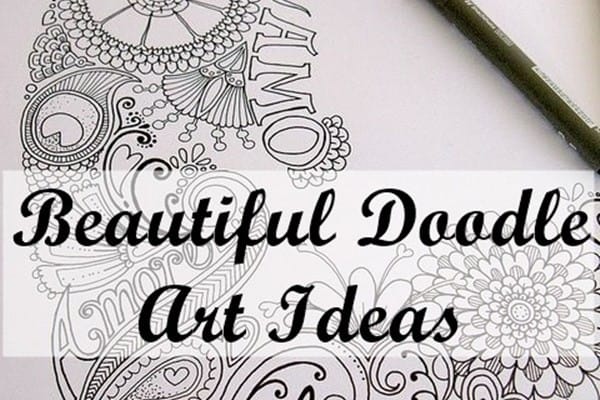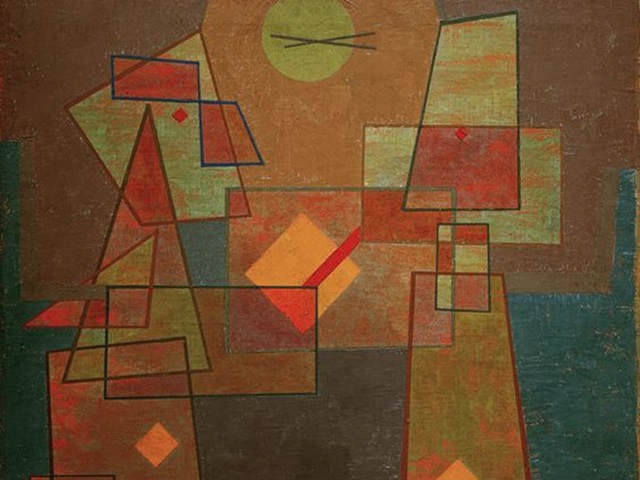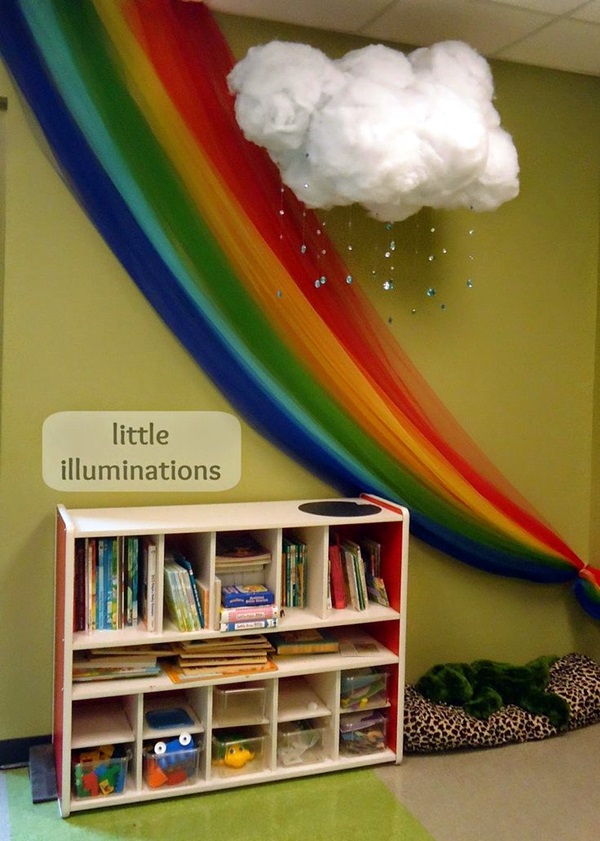The thing is that though many of us may make the claim that we are not into art and that we have never sought out works of art, art is an inevitable part of our lives. It could be in the form of scribble art to make your home and office look awesome or some other form of art that is a tad difficult to understand. The fact is that one who is not initiated into the world of art may believe that excellent examples of Cubism art works are entirely different from the more conventional ways of art or that of digital art that tends to dominate our world today. One cannot be faulted for thinking that way but the fact is that all art and design is created taking into consideration some principles.
The fact is that many intuitive artists who are born with the raw talent may not really have learned these principles or even be aware of them, but will still end up using them even if they do out of a gut instinct. That is why the next time you find yourself fascinated by beautiful examples of abstract expressionism art works, then do look if they follow some of the principles of design and art that we have given below.
There are some standards and principles that artists generally follow while creating their work. These guidelines ensure that they know what is acceptable and what is not. It also helps to break up the elements that go into a work of art so that an artist can examine his or her work based on each of these elements to see what needs to be corrected. It also helps to keep these factors in mind if you are working on a masterpiece.
Balance: In this instance, balance refers to the weight visually speaking on each side of the axis which is usually vertical. When you are going for a balance that is symmetrical, then you go for similar elements and with asymmetrical balance, different elements can be used but with equally heavy or light features.
Contrast: This refers to the balance of opposites like light and dark, rough and smooth and so on is something that makes the work of art more interesting to look and makes it striking.
Emphasis: Most art has a message to convey or something to highlight and this has to be done in a subtle but effective manner. An artist has to keep this in mind while working on his or her creation.
Movement: How a viewer’s gaze moves through the composition is another thing that an artist has to visualize and inculcate in the art that is being created. This will ensure the enduring interest of the onlooker in the piece of work.
Pattern: This refers to the repetition of a particular motif in a work of art and this tends to help you organize a surface in a regular and pleasing way.
Rhythm: This term may seem strange in this article but it does play a big part. This means the rhythmic and alternating repetition of a particular element to make the piece pleasing and interesting.
Unity: This principle refers to the balance and the pleasant aspect of all the elements that are used to create a piece of art. While this may sound simplistic, it is anything but and it requires an objective eye to get it right.
Do let us know if you would like to add something to what we have said above or if you feel that we have missed something.

